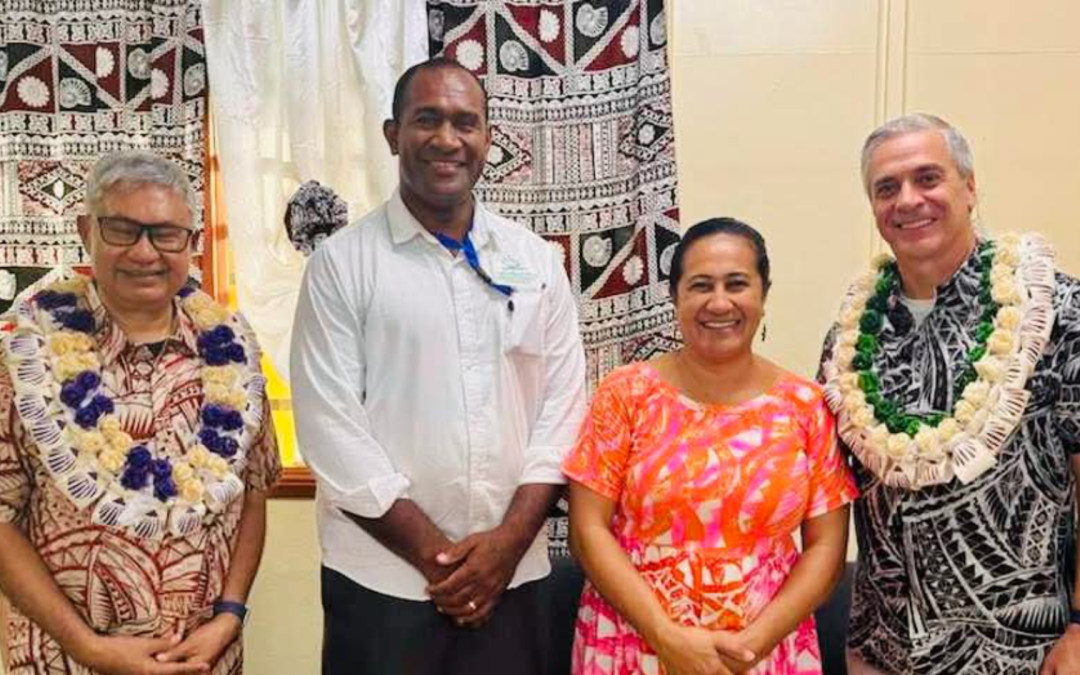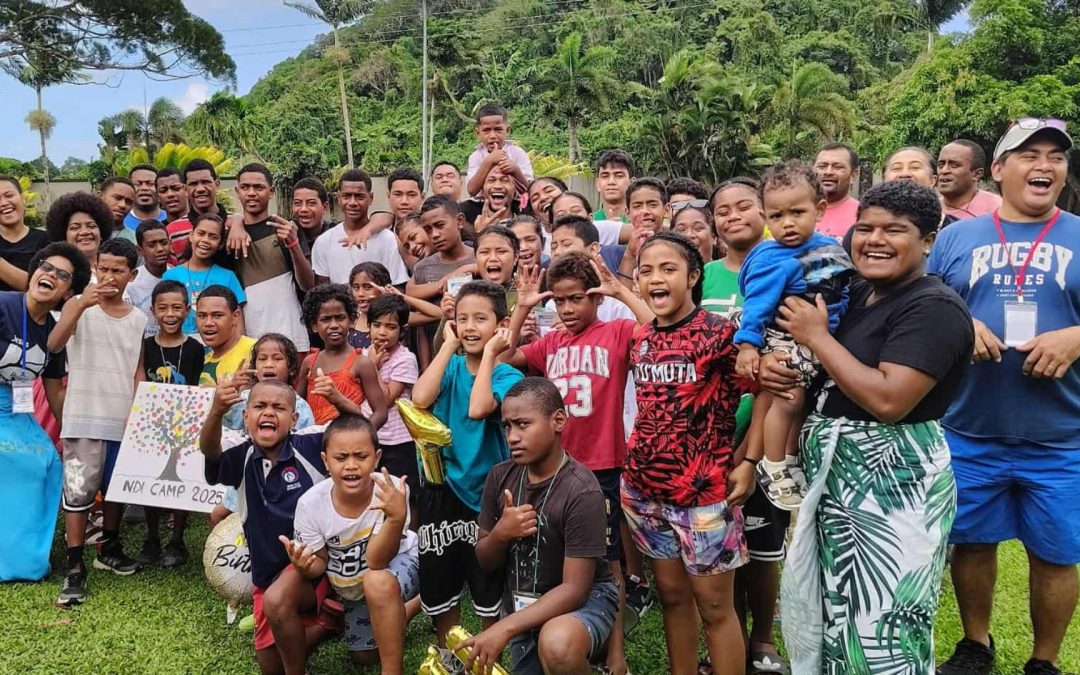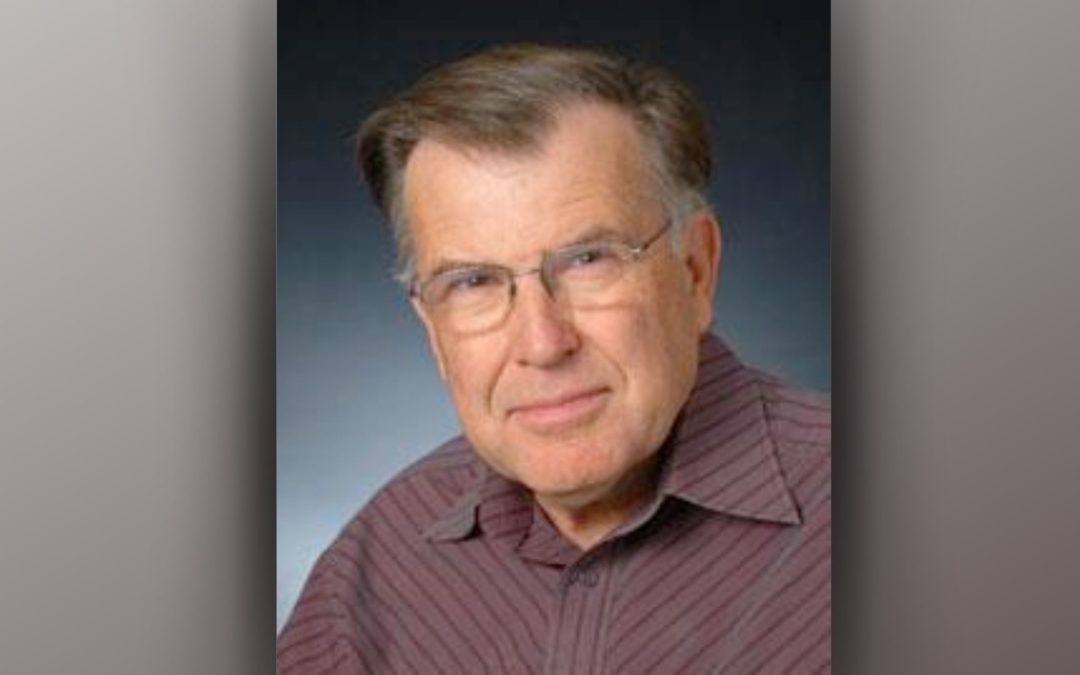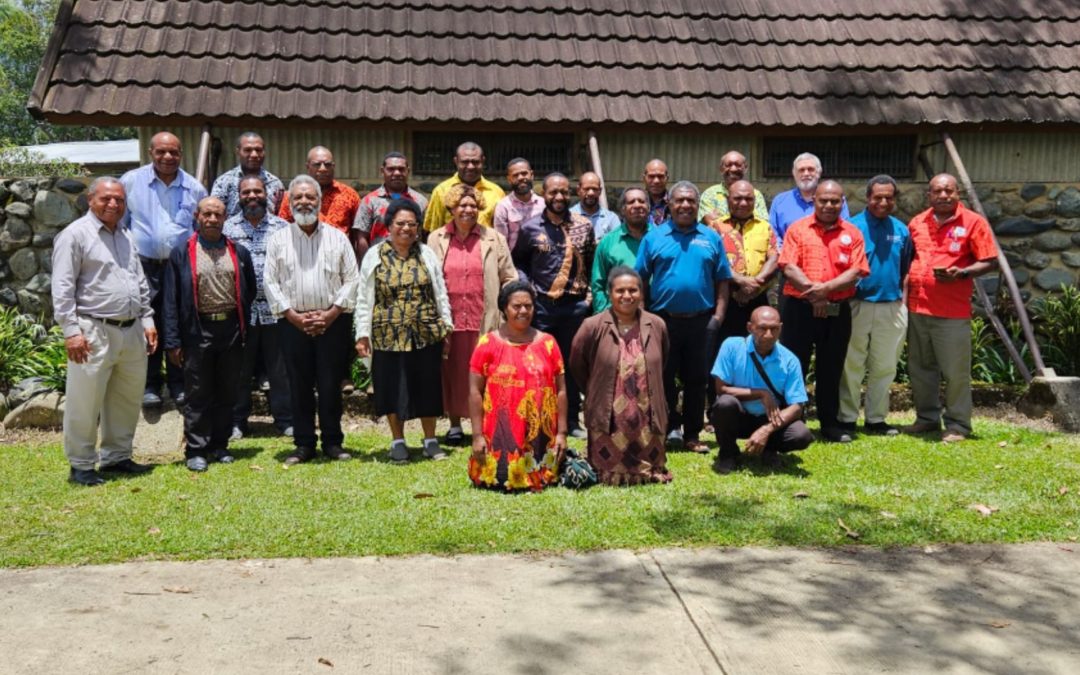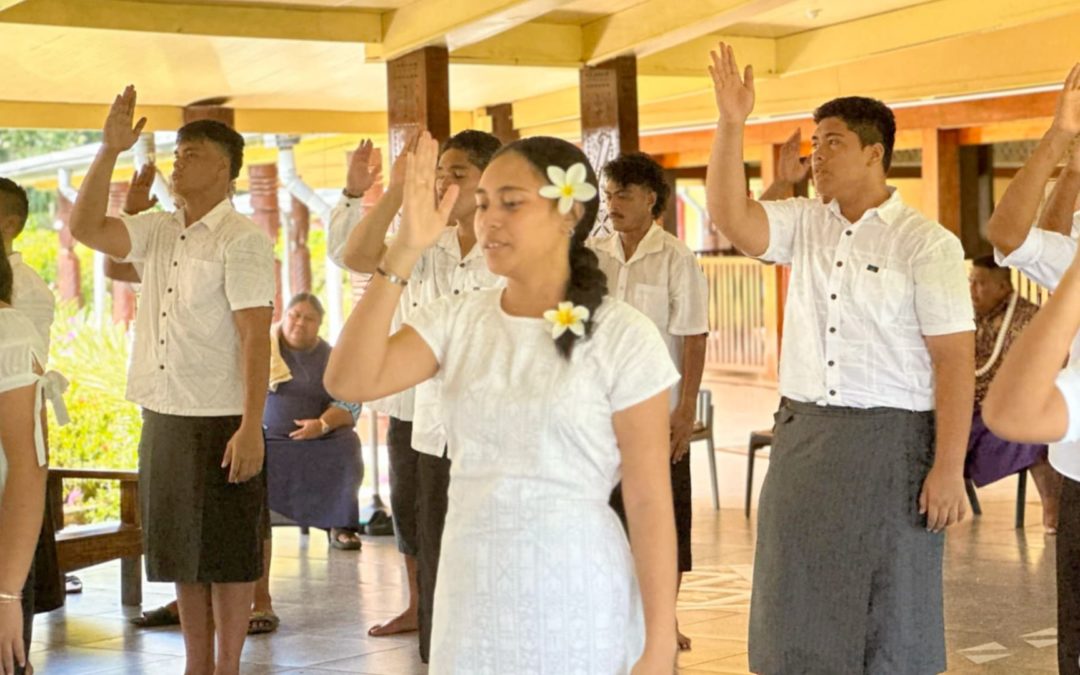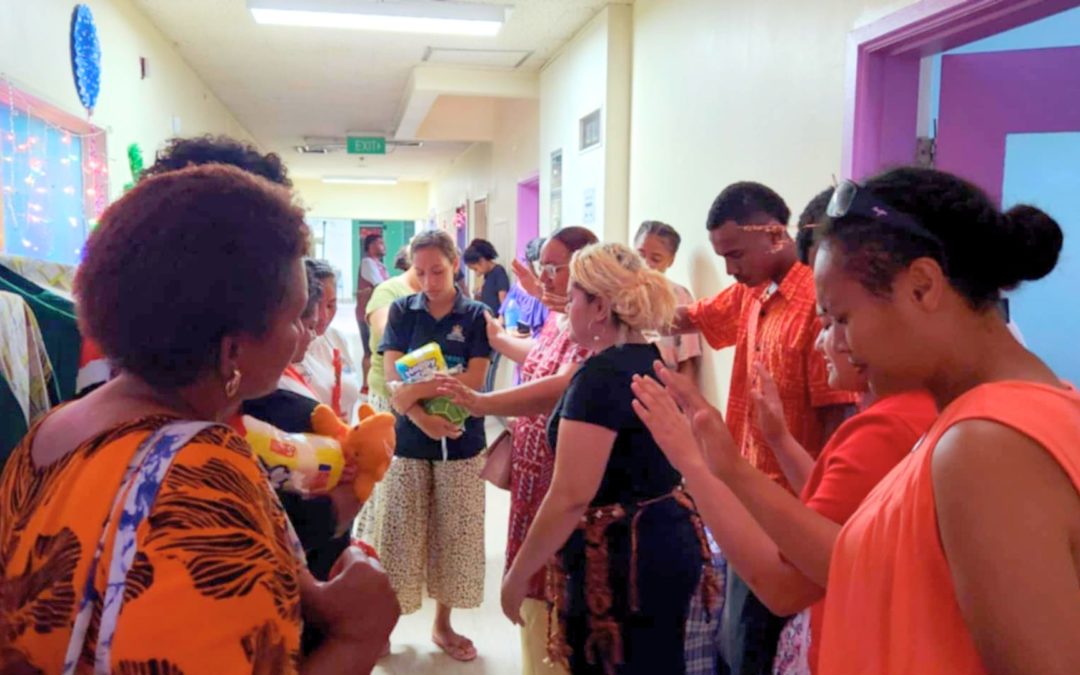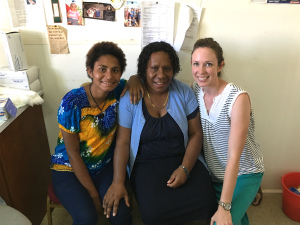
Dr. Radcliffe (right) with Nurse Pauline (center) and a patient
After a long hiatus from providing patient care, I recently returned on a short-term basis to help in our cervical cancer screening clinic here in Kudjip, Papua New Guinea, while two of our other physicians are away. The White House, as we call it, serves not just our female population, but also a growing group of patients with HIV/AIDS. After being absent from the doctor-patient relationship for a couple of years I was a little nervous about what the return to medicine might look like for me. I suppose that practicing medicine, in some ways, is a bit like riding a bicycle. There are aspects of being a physician that (for me, at least) require little to no practice. The building of a relationship and creating a space where a patient can be vulnerable are things the Lord has helped me to usually do with ease. However, a doctor also needs to know things, and I feel out-of-practice when it comes to creating differential diagnoses and choosing appropriate medication regimens. Fortunately, I know that those things will all come back with time, once I’ve returned to the hospital on a more regular basis (even though at this point I don’t know exactly when that will be).
In the meantime, I love the chance to care for these precious women in our cervical cancer screening clinic. During the week, my dear friend and gifted nurse, Pauline, sees women from all over our area who have been referred to the White House for the initial screening for cervical cancer. We don’t use Pap smears here at Kudjip because they require a sample to be taken, stored, transported, viewed by a pathologist and then results reported back to us. We’ve found that this method of screening presents a lot of challenges, including follow-up for those ladies who often don’t have cell phones or who may have made a full day’s journey to get to us in the first place. So we use an equally effective method to screen for cervical cancer, utilizing something found in most kitchens—vinegar! A dilute vinegar solution causes abnormal cells on the cervix to turn white and also allows us to directly visualize (with a colposcope) other changes that are indicative of all stages of early cancer cells.
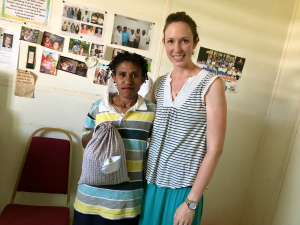
Dr. Radcliffe (right) with a patient
Each week Pauline sees ladies from all over our area who have been referred to the White House for one reason or another. She does an initial evaluation on these women and then refers the more concerning cases for me to see on Wednesday mornings. Often I’ll find pre-cancerous lesions that can easily be treated with cryotherapy (liquid nitrogen that freezes abnormal cells). This is a simple, cost-effective procedure that can be done at the time of initial evaluation, and it can save lives. Occasionally we find pre-cancerous lesions that are more progressed and in these cases we can schedule the patient for a LEEP (Loop Electrosurgical Excision Procedure) to be done at the hospital procedure room. In some cases we discover more advanced disease. If the cancer seems localized to the cervix still, we are fortunate to have surgeons (I happen to know a good one) who can do a hysterectomy to save the woman’s life. Of course the saddest cases are those that we see too late. Unfortunately, it is one of the stark realities of practicing medicine in a remote, underdeveloped place like Papua New Guinea. Some of the more advanced cancers that we see might be helped with radiation, but there’s currently not a hospital in this country that provides this service.
I’m grateful that, even though we cannot always provide a life-saving measure, we CAN provide the hope of Jesus. It’s easy to feel overwhelmed by the sadness for the ones we cannot physically save and forget that there is One who provides healing of another variety that is far greater than the limited measures we can provide. When I have the opportunity to share this very truth to the broken woman sitting before me, I realize that all of a physician’s book knowledge becomes a little less important, both for that moment and for eternity.
— Dr. Katherine Radcliffe works at Kudjip Nazarene Hospital in Papua New Guinea

